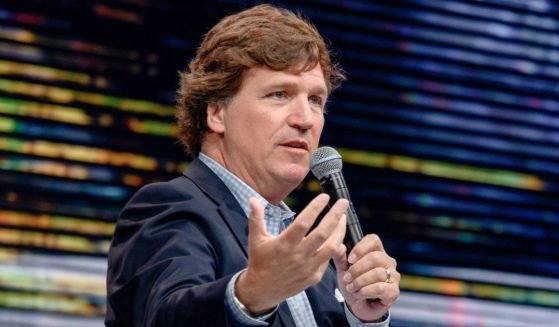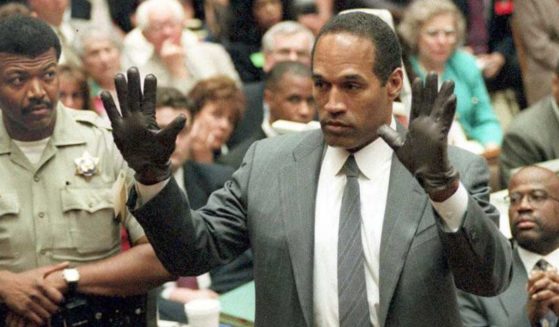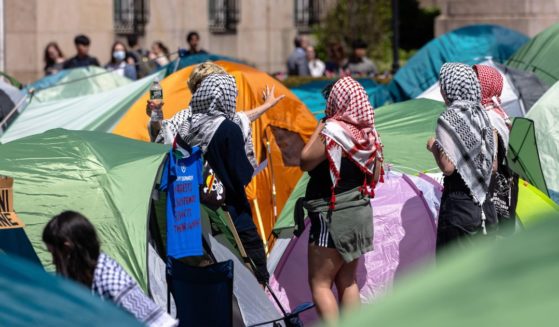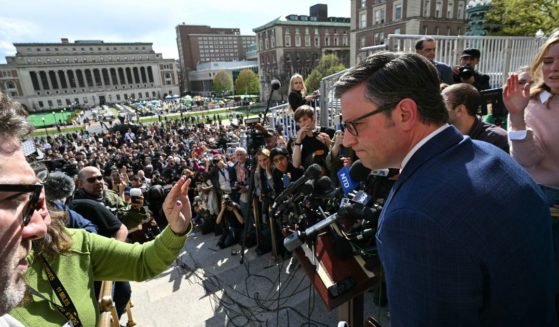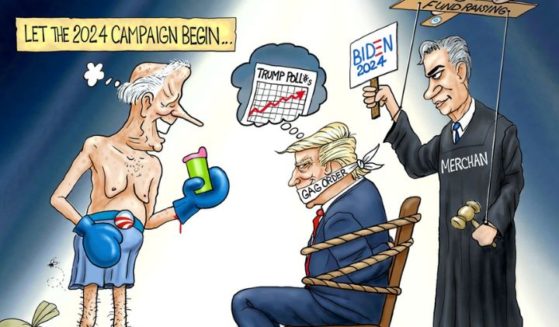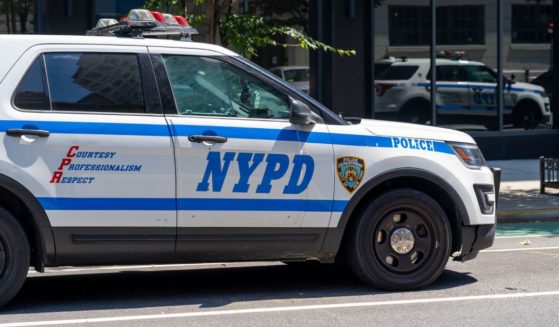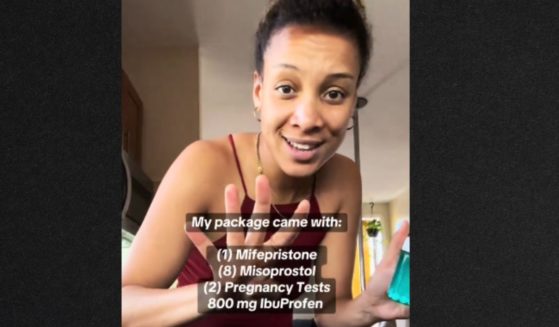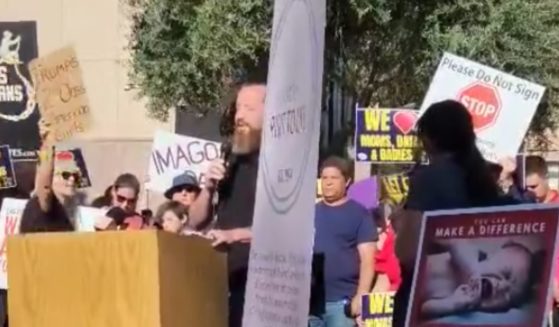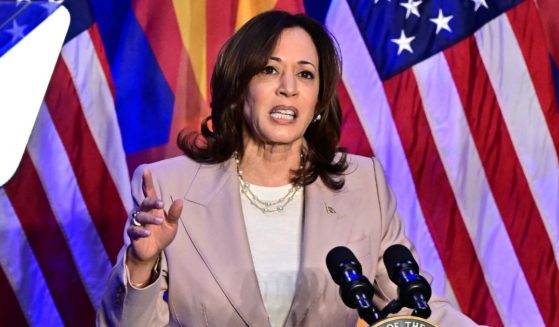Trump, death penalty, immigration mark Newsom's 1st 100 days
SACRAMENTO, Calif. (AP) — California Gov. Gavin Newsom has kept up a frenetic pace in his first 100 days, jousting with President Donald Trump, traveling to Central America, placing a moratorium on executions and pledging bold action on housing and clean water.
It’s in contrast to Jerry Brown, his predecessor and fellow Democrat who favored a more measured approach to governing the nation’s most populous state. While Newsom publicly reveres Brown, he’s said it’s time for a greater emphasize on poverty and affordability issues. He’s substantially altered two of Brown’s signature projects, the high-speed rail and twin water tunnels, but says it’s with an eye toward improvement.
In a Monday interview with The Associated Press, Newsom summed up his approach: “I could wait for things to take shape and hope things come around. Or I could try to advance an agenda and hold myself to a higher level of accountability. . . I’m willing to take the heat on these things; I’m willing to engage on the front end not the back end.”
BATTLING TRUMP
California has added several lawsuits to its 40 plus against the Trump administration under Newsom, including one to block an emergency declaration to pay for a border wall.
In removing most National Guard troops from the border, Newsom called Trump’s immigration actions “absurd.”
He’s also moved to protect the individual mandate that requires people to buy health care and slammed Trump’s threats to withhold federal emergency aid from last year’s wildfires.
“We have to be the positive alternative to Trump and Trumpism,” Newsom said.
EL SALVADOR
Newsom visited El Salvador this month to learn about the poverty and violence forcing thousands to seek asylum in the United States.
He defended the trip against critics who said he should instead focus on poverty at home.
“I don’t know of another issue that’s more resonant and more topical and relevant, in California and this nation, than the issue of asylum seekers, the issue of immigration,” he said.
But a governor has limited power over immigration and the most tangible idea Newsom left with centered on economic development. He said California could help El Salvador market its surfing industry and invited Salvadoran officials to California to pitch investors.
DEATH PENALTY
Newsom’s most significant action may be his moratorium on executions for the 737 people on death row.
The state hasn’t executed anyone since 2006, but voters passed a ballot measure in 2016 to speed up the process. Newsom said he couldn’t allow it knowing the state might execute innocent people.
He also dismantled the “death chamber” at San Quentin State Prison and halted lethal injection protocols.
He may go a step further in commuting some death row sentences entirely, but he said Monday he’s waiting for clarity from the state Supreme Court, which blocked several of Brown’s commutation requests.
Relatives of murder victims have launched a tour urging Newsom to change his mind.
HIGH-SPEED RAIL
Newsom’s changes to a troubled high-speed rail project marked a challenge to Brown’s priorities and a lesson in the perils of an unclear message.
He declared there wasn’t a current path to complete the train from Los Angeles to San Francisco. His office them scrambled to clarify Newsom was still committed to the project.
The confusion gave Trump an opening to threaten pulling back $3.5 billion for the project. That would drastically undercut the state’s ability to finish current construction in the Central Valley.
The state’s high-speed rail agency will release an updated plan to lawmakers May 1. Newsom wants to build 171 miles (275 kilometers) of track in the Central Valley before heading west to the San Francisco Bay Area.
He said his remarks were designed to address the project’s ballooning costs and unrealistic deadlines.
Newsom chafed at suggestions he was dismantling Brown’s legacy. In the same February speech, he also rolled back Brown’s plan to build two giant tunnels to reroute the state’s water, saying he favored one.
AFFORDABILITY AND POVERTY
Newsom has already sued one city for failing to meet its housing goals and threatened to take away transportation funding from others that don’t comply. Lawmakers are skeptical about the idea of linking money for road repairs to housing. Perhaps sensing their resistance, Newsom drafted sample legislation that wouldn’t link that money until 2023.
In his budget, Newsom gave $1 billion in tax credits and loans to accelerate housing development and added $750 million to help local governments ramp up housing production. All of that is still winding through the Legislature.
Newsom also said addressing the state’s affordability crisis is a priority.
He has focused on improving access to clean water in the Central Valley, where he said as many as a million people don’t have drinkable water.
He’s proposed a tax on water users and farmers, an idea that failed in the Legislature last year. He visited a town with water problems during his first week in office.
“It’s my effort to change the conversation from last year that ended up short,” he said.
The Western Journal has not reviewed this Associated Press story prior to publication. Therefore, it may contain editorial bias or may in some other way not meet our normal editorial standards. It is provided to our readers as a service from The Western Journal.
Truth and Accuracy
We are committed to truth and accuracy in all of our journalism. Read our editorial standards.

